In our increasingly digital world, the importance of cybersecurity cannot be overstated. With the proliferation of data and the growing threat landscape, businesses and individuals alike must stay one step ahead of cyber adversaries. In this blog, we’ll delve into the fascinating world of cybersecurity technologies, the tools and strategies designed to protect us from evolving digital threats.
The Cybersecurity Landscape
Cybersecurity technologies encompass a wide range of tools, practices, and measures aimed at safeguarding digital assets, data, networks, and systems from unauthorized access, breaches, and cyberattacks. These technologies serve as the digital sentinels, tirelessly defending against an ever-expanding array of threats.
Key Cybersecurity Technologies
- Advanced Threat Detection: Advanced threat detection solutions employ machine learning and artificial intelligence to identify and respond to previously unseen threats. They continuously analyze network traffic and system behavior to detect anomalies indicative of cyberattacks.
- Encryption: Encryption technologies transform data into unreadable code that can only be deciphered by authorized parties with the proper decryption keys. This ensures data remains confidential, even if intercepted by malicious actors.
- Firewalls and Intrusion Detection/Prevention Systems (IDS/IPS): Firewalls act as barriers between trusted networks and untrusted networks (e.g., the internet), controlling the flow of traffic. IDS/IPS systems monitor network traffic for suspicious activities and can take actions to block or alert on potential threats.
- Identity and Access Management (IAM): IAM solutions authenticate and authorize users’ access to resources and data. They ensure that only authorized individuals can access sensitive information.
- Endpoint Security: Endpoint security solutions protect individual devices, such as laptops, smartphones, and desktops, from malware, ransomware, and other threats. This includes antivirus software, anti-malware tools, and device management systems.
- Security Information and Event Management (SIEM): SIEM solutions aggregate and analyze data from various sources to identify security incidents and generate alerts. They provide a holistic view of an organization’s security posture.
The Ongoing Arms Race
Cybersecurity technologies are continually evolving to keep pace with ever more sophisticated cyber threats. As cybercriminals develop new tactics, security professionals respond with innovative solutions. Some emerging trends in cybersecurity technology include:
- Zero Trust Architecture: This model assumes that threats exist both inside and outside a network. It enforces strict identity verification for anyone trying to access resources on a network.
- Artificial Intelligence (AI) in Security: AI is not only used by attackers but also by defenders. AI-driven security solutions can analyze vast datasets to identify patterns and anomalies, aiding in threat detection and response.
- Cloud Security: As organizations migrate to the cloud, ensuring the security of data and applications hosted in cloud environments becomes a top priority. Cloud security technologies are designed to protect cloud-based assets.
In conclusion, cybersecurity technologies play a critical role in safeguarding our digital lives. As cyber threats evolve and multiply, the importance of staying informed about the latest cybersecurity technologies and best practices cannot be overstated. By embracing these technologies and adopting a proactive security posture, organizations can better defend against the ever-present and ever-evolving digital threats.






